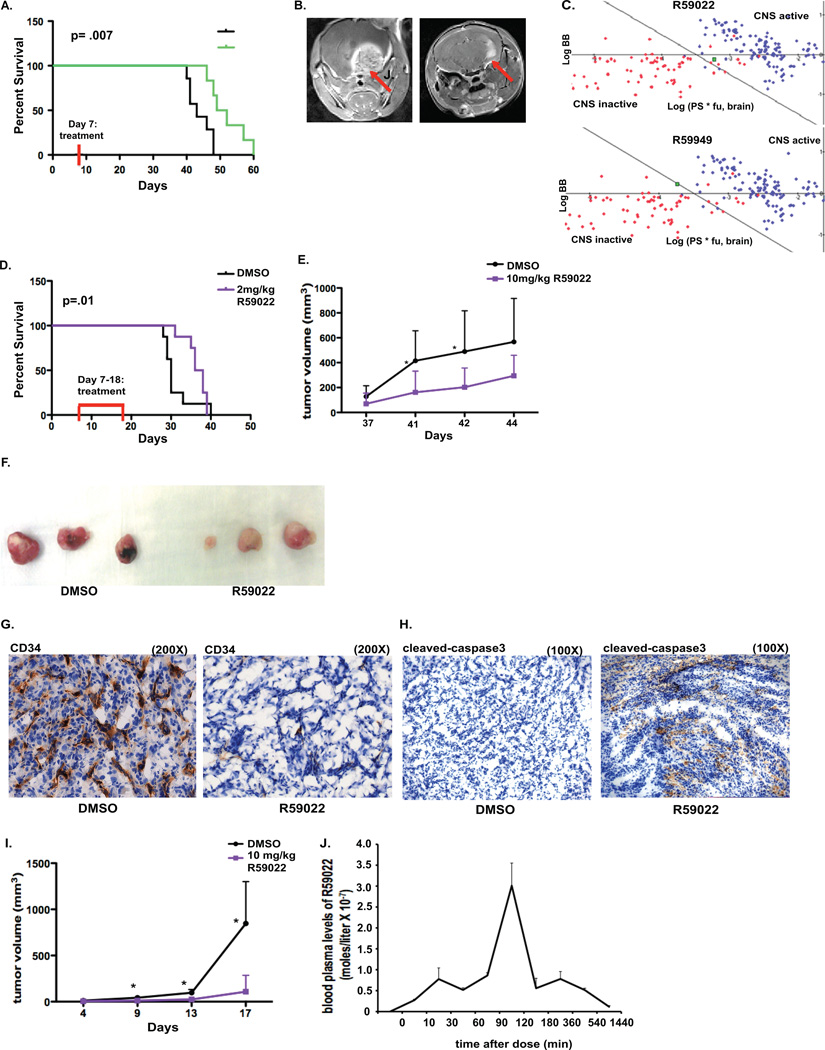Figure 7. DGKα knockdown and inhibition affect in vivo tumor growth, angiogenesis, and mouse survival.
A, After in vivo implantation of 0308 GBM stem cells and CED infusion of lentiviral particles with control or DGKα shRNA one week later, mouse survival was followed. A Kaplan-Meier curve and log-rank analysis exhibits a significant increase in survival of mice in the treatment group when compared to control mice (p=.007). B, MRIs were conducted at 40 days post tumor implantation and show characteristically smaller tumors in mice in the treatment group. C, Plot of CNS activity presents several known CNS-penetrating (blue points) and peripherally acting (red points) drugs, with the green points denoting either DGKα inhibitor R59022 or R59949. D, Mice were injected with U87 intracranially and then treated with daily IP injections of R59022 or vehicle on days 8 through 19. IP injections of R59022 at 2 mg/kg significantly increased median survival (p=.01) compared to DMSO (v:v) controls. (* p<0.01 log-rank analysis). E, Tumor volume of subcutaneous U87 tumors in vivo was assessed after daily treatment with either R59022 10 mg/kg or vehicle, with treatment beginning 37 days after tumor implantation. F, Subcutaneous U87 tumors were resected and exhibited a visible difference in vascularity after treatment with R59022 versus vehicle and G, frozen sections were stained for CD34 to assess for blood vessels after treatment (magnification of 200X). H, Immunohistochemistry was done for cleaved caspase-3 to assess apoptosis in the resected tumors above (magnification of 100X). I, Tumor volume of subcutaneous A-375 tumors in vivo was evaluated after daily treatment with DMSO or R59022 at 10 mg/kg starting 4 days after tumor implantation. J, To evaluate the pharmacokinetics of R59022 in vivo, after a single IP dose of R59022 blood was collected at various time points via cardiac puncture, with the samples used for mass spectrometry for blood plasma levels of R59022. (*, P<0.05 and **, P<0.01 Student t test)

